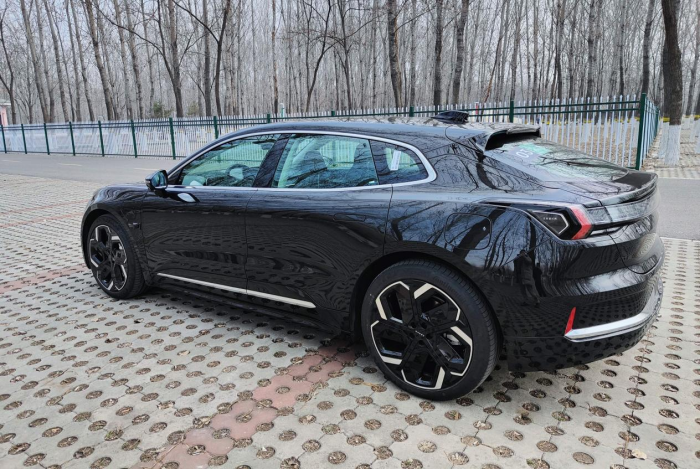Author: Mr.Yu
After experiencing version 1.1.1 in mid-February, the once controversial Jidu Auto 001 in-car system, plagued by various issues, finally received its first major update, with the official name of “ZEEKR OS 2.0”. This is the first major OTA upgrade since the delivery of the Jidu Auto 001.
We were invited by Jidu Auto to experience the updated Jidu Auto 001 along with our fellow media colleagues.
Let’s look at the official statement: “The ZEEKR OS 2.0 version upgrade involves 33 ECU units, adds 5 new features, and improves 59 functions based on user feedback from ZEEKR OS 1.1.1.”
In fact, not long ago, Jidu Auto had already bundled 4 new ZAD Jidu intelligent driving assist system functions and upgraded them to their ZEEKR OS 2.0 Beta version, including:
-
ACCQA: Adaptive cruise control with queuing function
-
AEB: Frontal collision mitigation
-
LDW: Lane departure warning
-
FCTA: Front-cross traffic alert
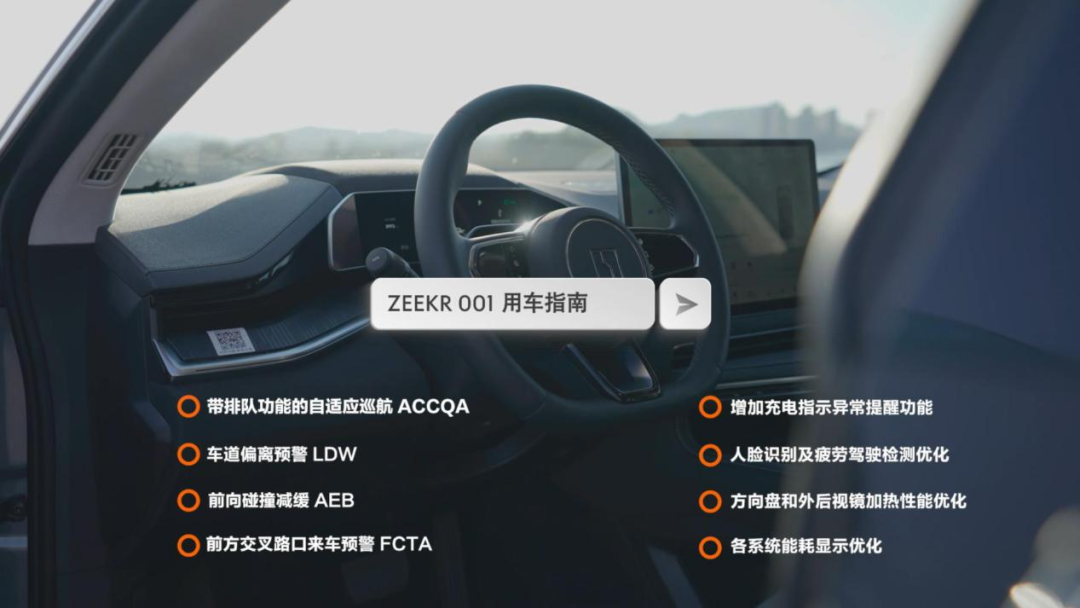
ACCQA: Adaptive Cruise Control with Queuing Function
As the name suggests, it is an ACC adaptive cruise control with a queuing function. The user activates ACC by short-pressing the button on the left side of the steering wheel and then adjusts the following distance by short-pressing the touchpad in the left and right areas of the steering wheel. Depending on the corresponding adjustment gear, one to three horizontal bars will appear on the Jidu 001’s HUD to display the following distance interval.
The test drive car we rode happened to encounter a suitable driving scene. On a certain section of the south-north direction of the Beijing Capital Airport Expressway in Chaoyang District, Beijing, we caught up with a small congestion peak after 10 am. The vehicle in ACC state realized continuous automatic start-stop follow-up driving on the congested road section, without automatically exiting due to the vehicle stopping.
According to Jidu Auto, the ACCQA function supports vehicle start-up within the range of 0-150km/h, and can be used normally even when the vehicle is at an extremely low speed of 1km/h. In addition, functions such as overtaking assistance and speed limit fusion are expected to be added in future updates.
AEB: Frontal Collision Mitigation
The AEB Frontal Collision Mitigation function can warn the driver through visual and audio signals when the vehicle is about to collide with a vehicle or pedestrian in front of it.The function needs to be activated in the ZAD intelligent driving assistance interface of the ExtremeKars 001 vehicle settings. You can turn on “Forward Collision Mitigation” and “Forward Collision Warning” separately, and set the sensitivity levels of the three gears according to the visual icons.
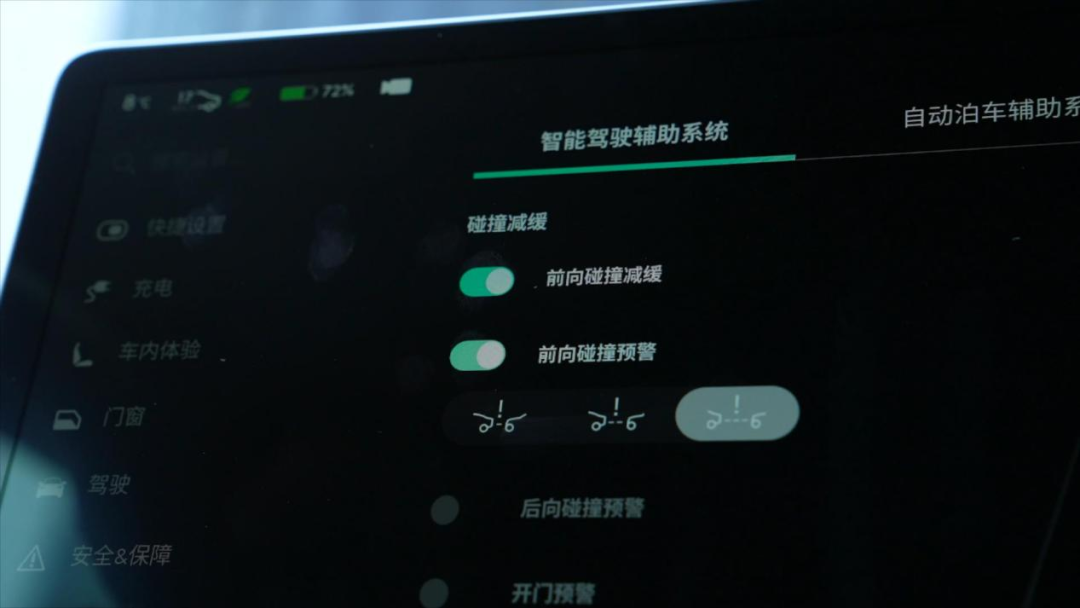
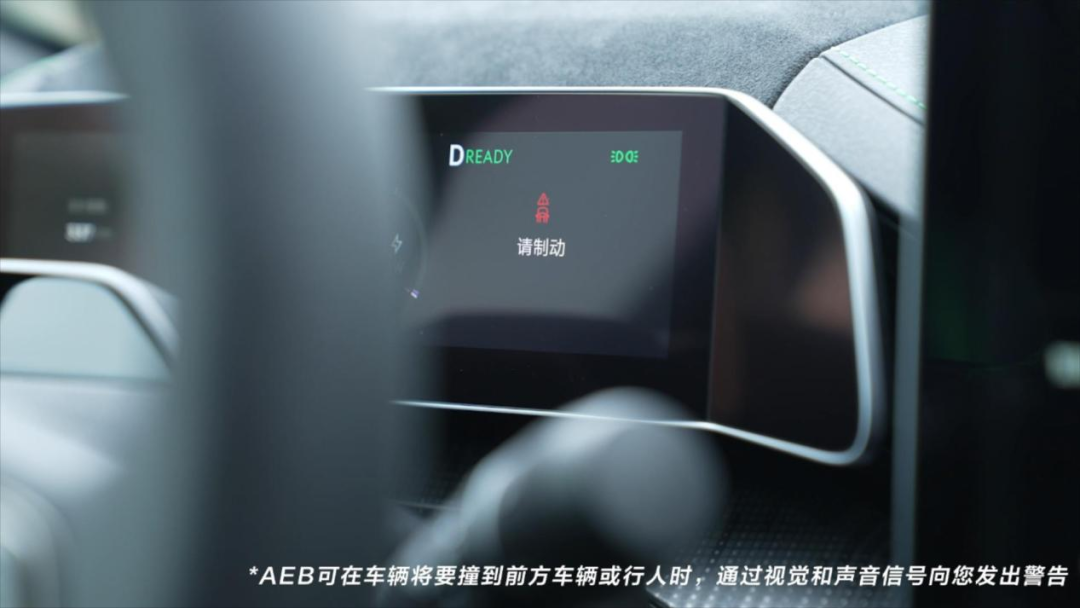
According to the internal simulation test on closed roads conducted by the ExtremeKars team based on the 2021 C-NCAP standards of China Association of Automobile Manufacturers (CAAM), the score rate of AEB forward collision mitigation reached 97.75%.
From the video, it can be seen that a significant part of the meaning of this function is to deal with the “ghost head” phenomenon of pedestrians and vehicles that often occur on urban roads, and to protect the safety of both parties.
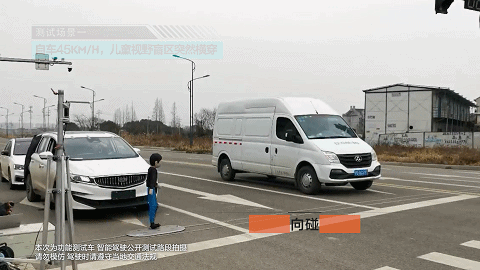
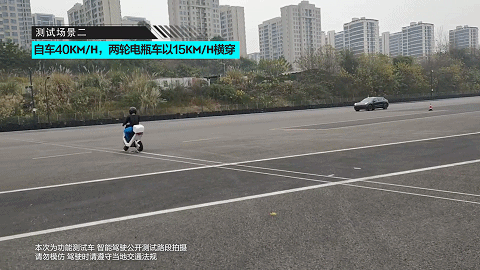
LDW Lane Departure Warning
This function also needs to be activated in the ZAD intelligent driving assistance interface. After it is turned on, when the speed is higher than 60 km/h, if the system detects that the vehicle is about to cross the lane line, LDW will give strong reminders to the driver through vibration of the steering wheel or sound.
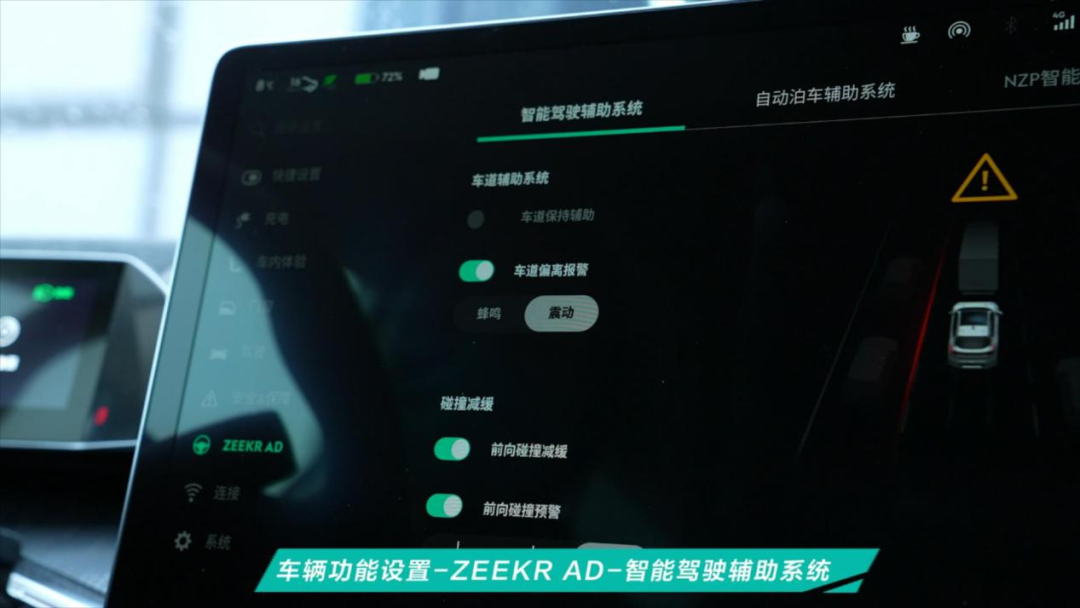
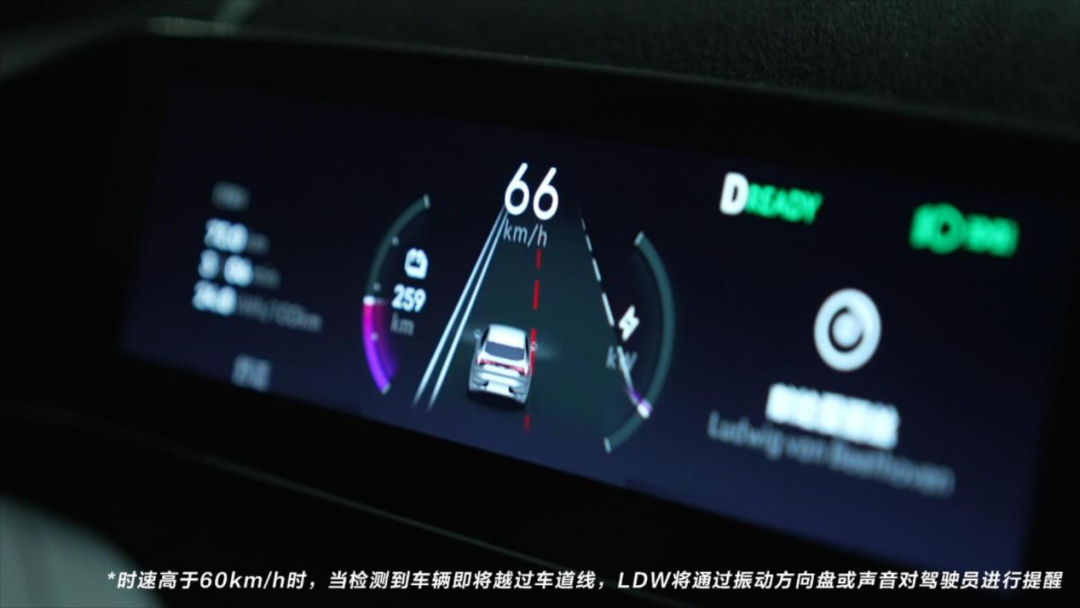
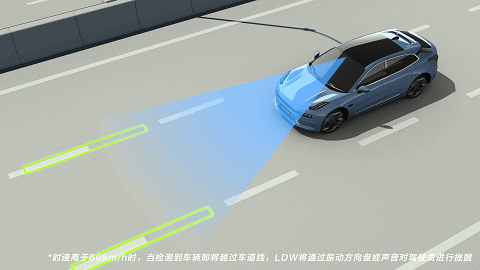
FCTA Front Cross Traffic Alert
FCTA seems to be a more user-friendly function for new drivers, aiming to actively expand the driver’s perception direction to improve driving safety.
Within a fan-shaped area centered on the vehicle, if there is a potential risk of lateral collision in the front and side, FCTA will remind the driver to brake or automatically brake to reduce the risk of collision.
In practical driving scenarios, this function seems to have been designed to help drivers avoid the style of riding of two-wheel electric vehicle riders who are rough and bullying on urban roads nowadays.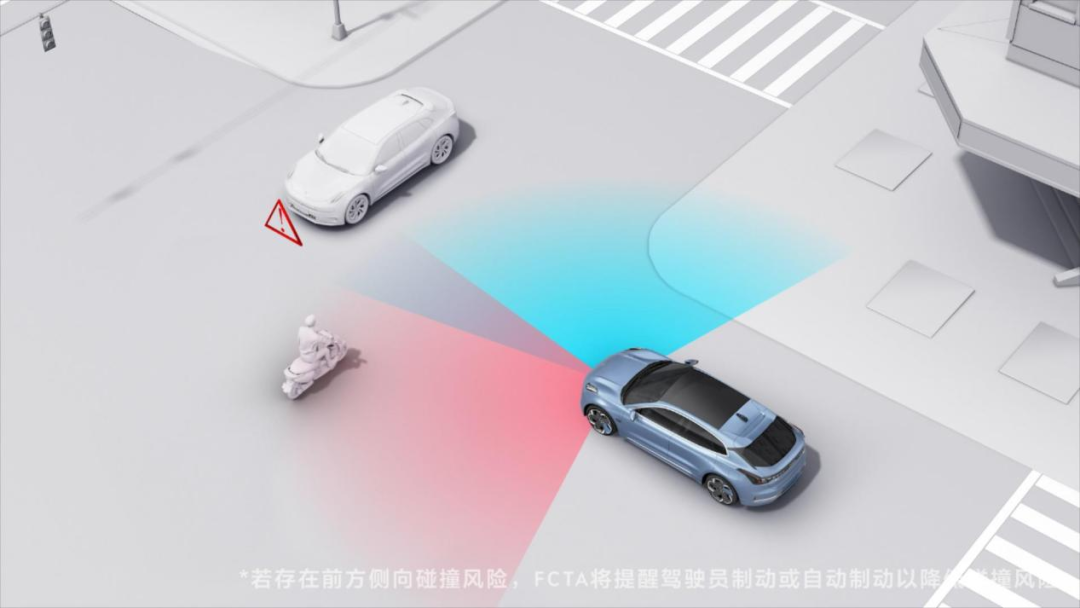
Starting from March 23, 2022, ZEEKR will progressively release the official version of ZEEKR OS 2.0 to users, and all user updates will be completed by mid-April.
Next, for ZEEKR 001 ZAD Intelligent Driving Assistance Function, it will adopt a phased OTA upgrade method.
Phase 1: Realize lane centering and active cruise control, and improve cruise-related functions.
Phase 2: Realize autonomous navigation in high-speed and city expressway scenarios, and some parking assistance functions.
Phase 3: Expand navigation and parking scenarios.
Regarding the issue of upgrading the Qualcomm 8155 chip, which many people are concerned about, ZEEKR stated in the live broadcast that they are still working on research and development, and will upgrade for users within this year.
Run it: Energy supplement and production
In addition to the focus on OTA upgrades, in the online live event on March 25, ZEEKR also targeted the issues that the industry and users are concerned about in terms of energy supplement system, production supply chain, and so on.
Let’s first look at the construction of the energy supplement system. As of March 20, 2022:
Regarding home charging and public charging construction, ZEEKR has provided home charging pile installation services for car owners in 281 cities across 31 provinces in China.
Regarding the construction of public charging networks, ZEEKR has launched three types of charging stations, namely, JiChong station, ChaoChong station, and QingChong station in 20 cities across China with different power capacities.
It is reported that the third-party charging network accessed by ZEEKR has covered 331 cities across China with more than 320,000 charging facilities. The Electrode Delivery and Charging Service has been launched in 30 cities, and the Mobile Charging Car Service has been launched in six major cities, including Beijing, Shanghai, Hangzhou, Guangzhou, Shenzhen, and Chengdu.
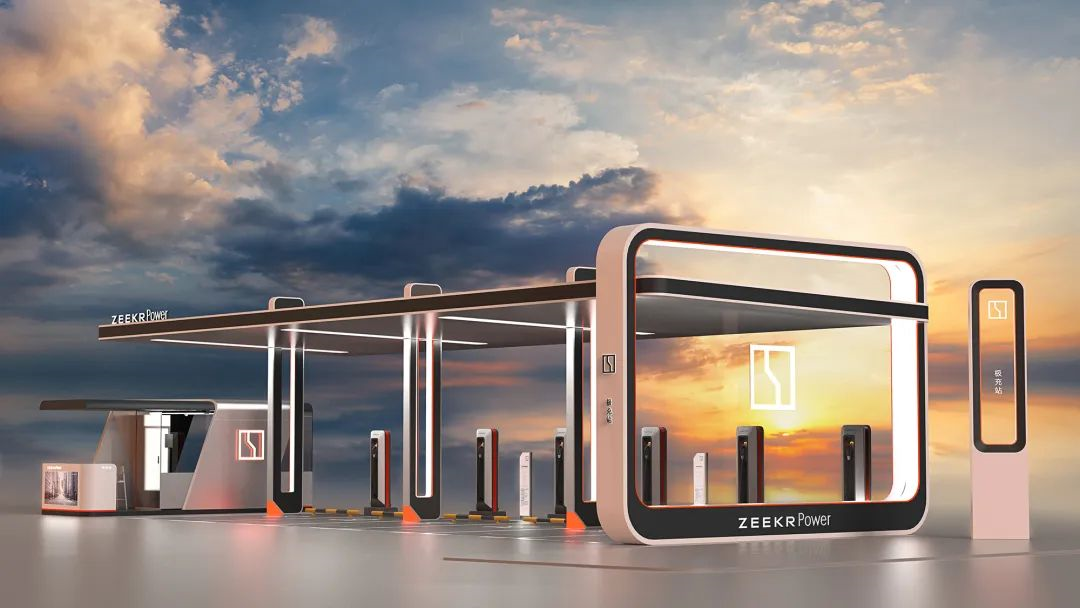
On the one hand, the 7KW home charging pile and installation services will be available on ZEEKR’s “JiWu Mall” e-commerce platform in April. Higher power home charging piles are also under development, and ZEEKR will release relevant information at an appropriate time.
On the other hand, regarding the serious issue of charging stations being occupied by gasoline vehicles and insufficient guidance causing difficulties in finding a charging pile, ZEEKR stated that they will focus on improving the above issues within this year. Regarding the most concerning issue for users, i.e., the issue of charging stations being occupied by gasoline vehicles, ZEEKR has launched the ground lock function, and will also update the navigation path, station and charging pile information promptly.
The other session of the live event was about production progress.### The Impact of the COVID-19 Pandemic on the Global Manufacturing Industry is Evident
It is evident in the live stream that the overall situation of Xpeng’s supply chain is improving. After multiple rounds of communication between Xpeng and Germany’s Weipu (Jabil), the production line for the suspension components of Xpeng P001 has been put into operation and gradually switched over from mid-January. The exclusive production line will achieve stable production in mid-to-late March, and the overall production situation will be improved.
In addition to the OTA upgrade instructions for the driving experience, Xpeng released a lot of information in less than 100 minutes of live streaming. It is apparent that in addition to reporting the latest developments to customers and the industry, Xpeng wants to convey that it is still a new brand and values the trust between all parties.
Conclusion
Since frequent contact with Xpeng P001, our evaluation of this car has been set.
On the one hand, it affirms the driving experience. In daily driving scenarios, the main concerns of drivers, such as power performance and comfort, are well taken care of, and even if it runs on the track, the power performance of Xpeng P001 can satisfy the driving desires of most people.
On the other hand, its intelligent performance is not very satisfactory, especially for a group of media practitioners who have been paying attention to the intelligent cockpit for a long time, the software still hasn’t caught up with the hardware, such as the previously criticized problem of the car’s infotainment system response speed.
Based on this field experience, after completing the latest OTA upgrade, the smoothness of ZEEKR OS and applications has been significantly improved.
What we see now is the first major update of Xpeng P001 and even the Xpeng brand. It is reported that Xpeng will carry out five major version updates and several small version experience optimizations in 2022. In terms of the ZAD Xpeng intelligent driving assistance system, more functions will be introduced gradually.
Of course, there is no perfect product or brand in the world, and development and implementation have always been a gradual process. In our opinion, what Xpeng’s team is doing is not only “mending fences” but “improving strengths and remedying weaknesses.” They are developing and strengthening functions to upgrade driving experience and using operation and other means to compensate for and enhance the parts outside of driving.
Xpeng’s current direction of progress is worth recognizing and encouraging. The body and soul are already on the way, and what is needed next is to run faster on both ends and move forward together.
So, how many points can you give Xpeng for its first heavyweight update after its launch?
This article is a translation by ChatGPT of a Chinese report from 42HOW. If you have any questions about it, please email bd@42how.com.
